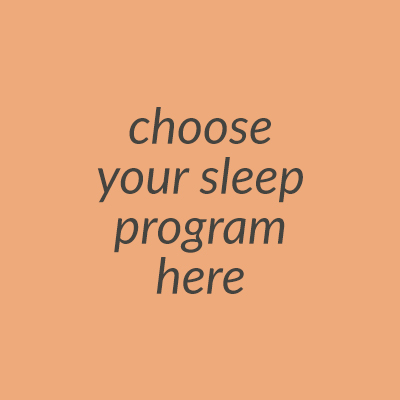The summer is full of fun, but the summer can also bring some challenges to your child’s sleep. Fireworks, thunderstorms, heat, and travel are common summer sleep disruptors that can impact your child’s sleep. If you know how to handle these common sleep disruptors, you can keep your child well-rested this summer, while still having fun!
Fireworks
The summer brings lots of opportunities for celebrations. And fireworks are often a part of them. If you choose to bring your child to view fireworks, enjoy it! Chances are the fireworks will occur after your little one’s bedtime. And that is okay! You can make exceptions to your child’s sleep schedule for special occasions. One night of fun will not undo all of your child’s healthy sleep routines.
Sign Up For Our Newsletter
But if you are staying home, loud fireworks, or even small firecrackers, can sometimes cause our children to wake up when they are sleeping. To prevent this from happening:
- Turn the volume louder on the white-noise machine in your child’s room (or turn on a fan in their room).
- Move the white-noise machine closer to the window where fireworks noise enters the room.
- Depending on your child’s age, prepare them for the loud noises that they may hear at night. This may help them be less surprised if they are woken up to ‘popping’ noises.
If your child wakes up from fireworks noise, use your gut instincts to determine if or what kind of a response is needed. Most children will be settled back to sleep easily with a simple, brief check.
Thunderstorms
Just like fireworks, we tend to see more thunderstorms during the summer months, and they can be loud and disrupt sleep.
- Turn the white noise machine louder if a thunderstorm comes through your neighborhood.
- Plan ahead and move your white-noise machine closer to the window, where noise from the storm will be coming from.
- Comfort your child if they wake up and are upset.
Most of the time, our children surprise us and sleep through thunderstorm noise!
Heat
When it is too hot out, it can be uncomfortable to sleep. And for our children who don’t yet have a fully developed body temperature regulation system, overheating is a safety concern.
- Keep your child’s room between 68-72°F.
- Dress your child for the season and use a lightweight sleepsack. It’s okay to forego a sleepsack if your child’s room is too hot.
- Use a fan or air conditioning to cool your child’s room.
- Give your child a lukewarm bath before bedtime—it will help lower your child’s body temperature and promote melatonin production (the sleepy hormone needed in order to fall asleep).
For more specific information on sleeping in the summer, read here.
Travel
Summer is the perfect time for travel and vacation! With that travel, your child’s sleep can be temporarily off.
- bring the items your child needs for sleep on your trip with you.
- make your child’s sleep environment dark, cool, and quiet for sleep.
- stick to your nap and bedtime routines so your child is expecting sleep in this new location.
Fireworks, thunderstorms, heat and travel can be common summer sleep disrupters for your child. Being ready to handle these common summer sleep issues will help your family enjoy the summer in a well-rested way!






